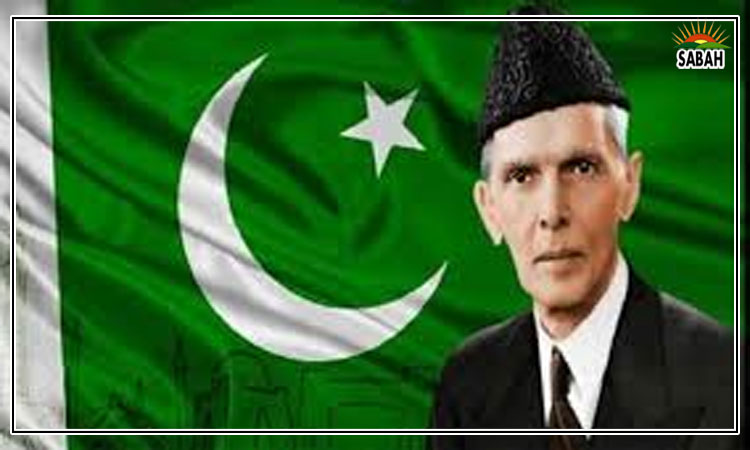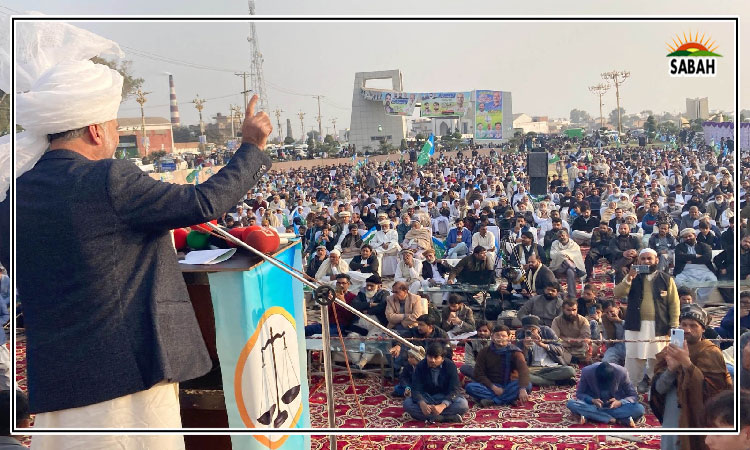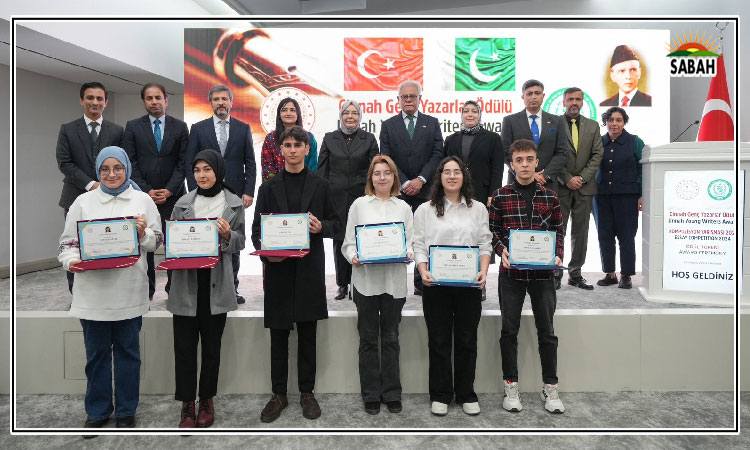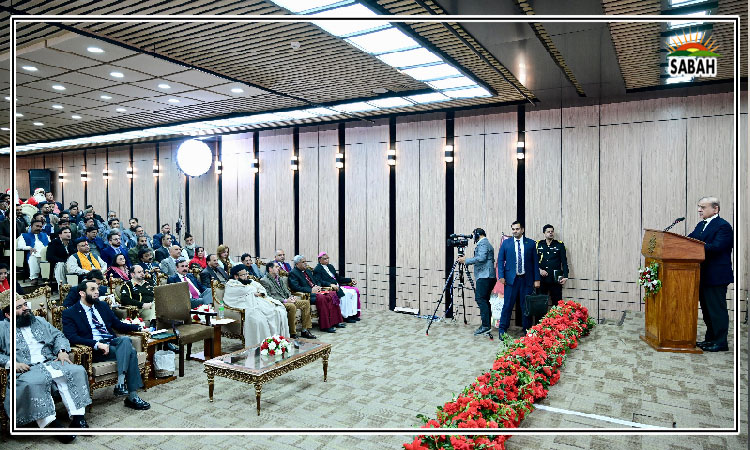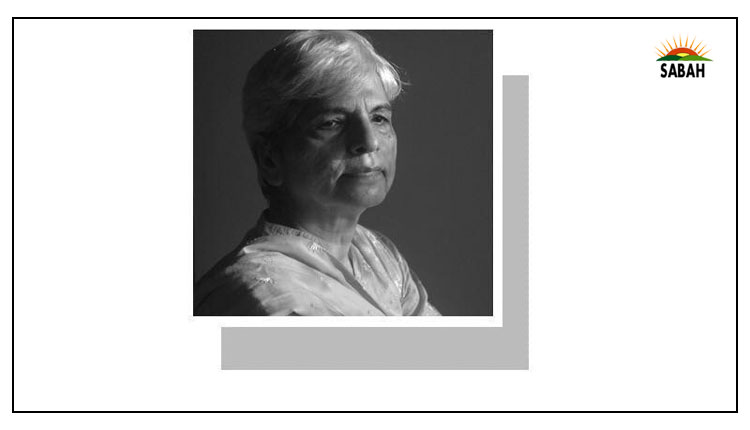Pakistan’s women…Zubeida Mustafa
TODAY is March 8 International Womens Day, an occasion to revisit the womens movement in Pakistan. Where do they stand 76 years after independence? This question was quite comprehensively answered at the annual conference of the newly formed Fem Consortia comprising 12 womens rights organisations and five alliances from across the country. Much food for thought emerged from the research papers presented at the four sessions on women in politics, adolescent girls, working women and climate change and women, and the panel discussions that followed.
It was clear that a lot of progress has been made in the status and empowerment of women but many hurdles continue to obstruct the way forward.
Farhat Parveen, whose NOWC was the convener of the conference this year, acknowledged the cooperation women have received from men. This in itself is remarkable given the patriarchal structure of our society. It would not be out of place, however, to point out that the male presence at the moot was noticeably sparse. As she also mentioned, not all problems have been resolved after years of struggle. Issues of gender inequality, lower wages for female workers, their contributions not being recognised, violence and the exploitation of women persist.
It was also conceded that some women had risen to the top in politics and in certain other areas of professional life. But that was not the norm.
Most womens moots are not wholly inclusive in their participation.
Why this dichotomy? The true story was told by the census held in the country in August 2023. We were told that women constituted only 49.1 per cent of a total population of 241 million. This testifies to womens higher mortality rate and poorer access to healthcare, making women more vulnerable and therefore more at risk. Who are the sufferers? The doubly oppressed woman from the disadvantaged class, whose size has yet to be determined by our economists. Some place the poverty benchmark at 60pc. I doubt if any of them would have attended a conference held in a five-star hotel.
Do women from the affluent classes and their daughters suffer from undernourishment? Do they die in childbirth? Do they have large families as they have no choice? Do they have to leave minor children unattended at home when they go out to earn a living to feed their children? The fact is that most womens moots are not wholly inclusive in their participation and the real issues of the poor go unaddressed, and therefore unresolved. The bane of Pakistans national life social and economic inequality is concertedly ignored. The women who really need to be heard are missing in such gatherings.
We live in a country called Do Pakistan (two Pakistans), to borrow from the title of Kazim Saeeds book. The problems of the poor are not the problems of the rich and the privileged the 2pc described by the Nobel Prize-winning economist, Joseph Stiglitz. This is never publicly mentioned.
At the Fem conference, this issue was identified before the close of the event by Sheema Kermani, who was honoured for her contributions to the feminist movement in Pakistan. She has been talking about it since she founded the Tehreek-i-Niswan and began to use dance as a form of resistance art. She has also practised what she preaches by making her organisation inclusive and bringing within its fold men and women of all caste, creed, gender and class. They go out and perform in the poorest of poor localities for the benefit of those who would otherwise never get to see such a piece of art.
What then is the solution? It is the inequity factor that pulls down Pakistans position in gender gap rankings internationally. Today, we stand at a lowly 142 out of 146 in the Davos index. What needs to be realised is that in a society where such large numbers are exploited, one cannot expect the exploiters to hand over rights to the exploited on a silver platter. One has to facilitate the struggle of the oppressed to win their rights. This is possible only if the underprivileged are not only made more conscious but are also empowered with good education. Given the large numbers involved, good education would empower a huge chunk of the population and shift the power balance in their favour.
This applies to women as well. Here we have failed miserably. Feminists have focused only on numbers and not the quality of education imparted to the underprivileged. At the most, they have shown concern about the gender disparity in the contents of textbooks. What should also be looked into is what is happening in our schools. Their concern should also be the quality of education in our schools where the children of the indigent study. Regrettably, education has not proved to be the equaliser it was expected to be, and no one has even noticed it.
Courtesy Dawn




